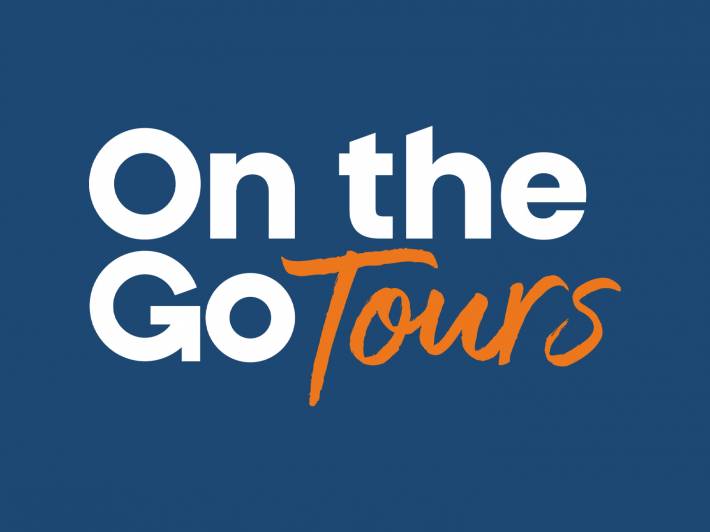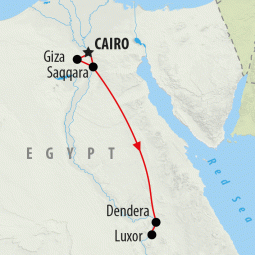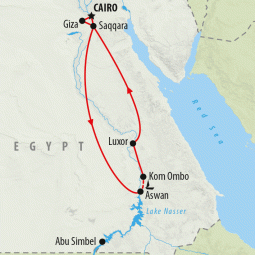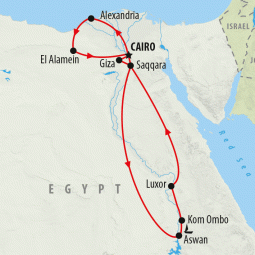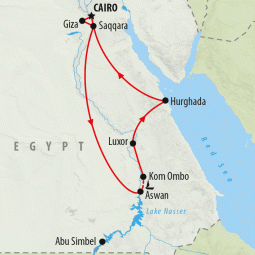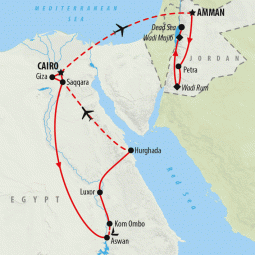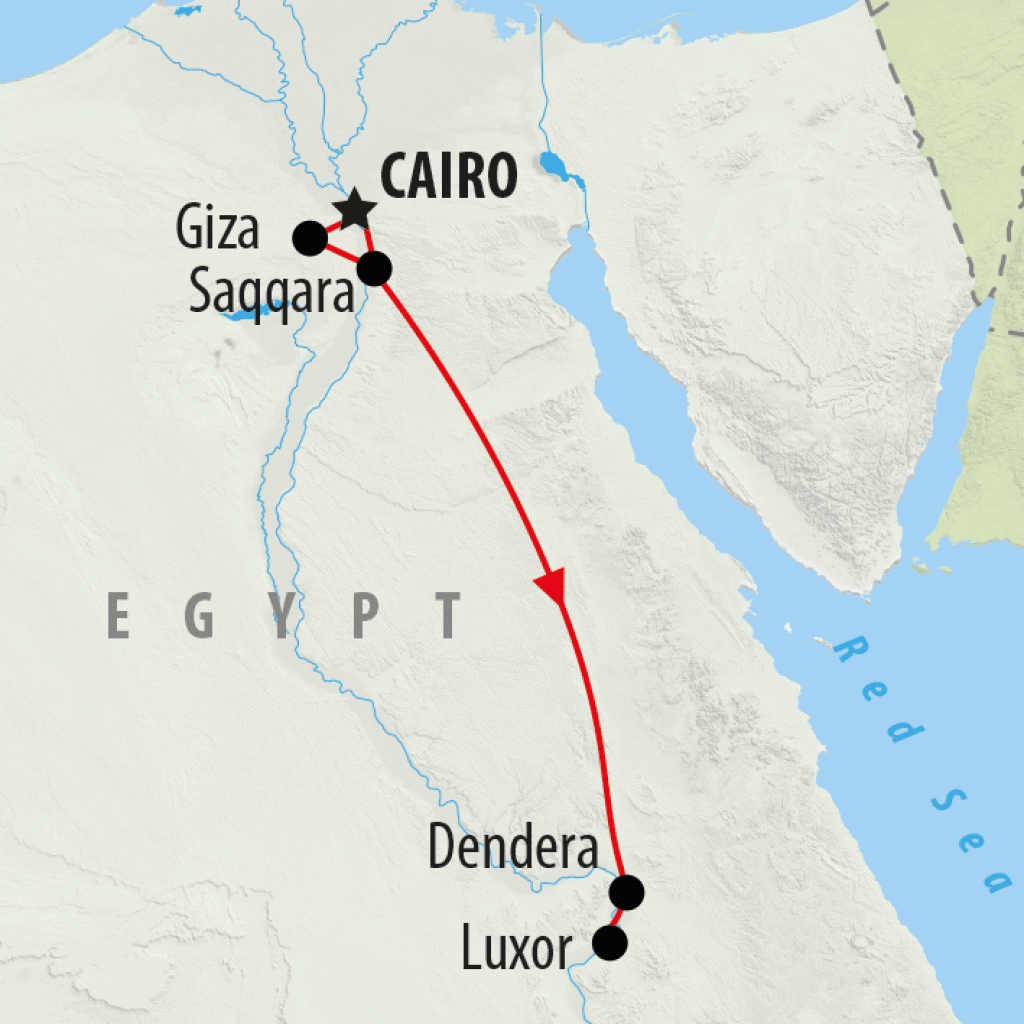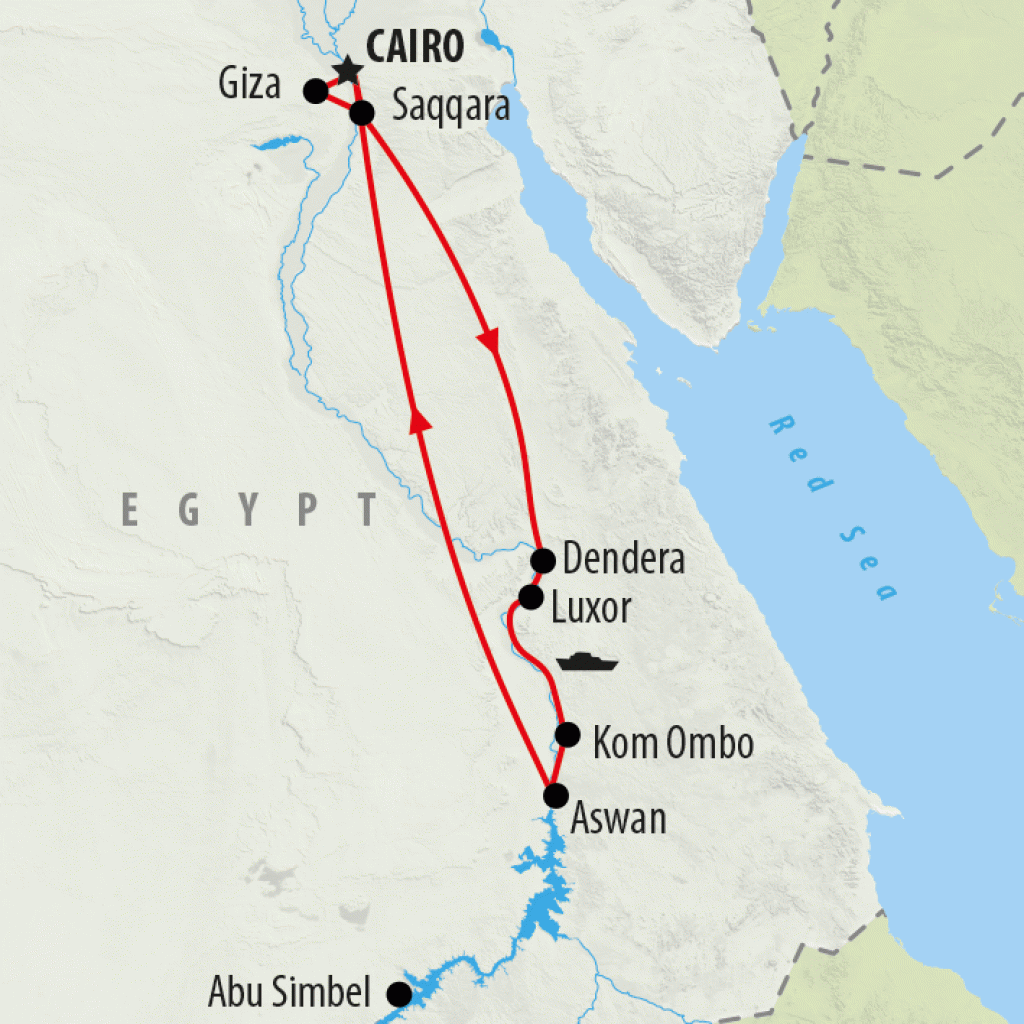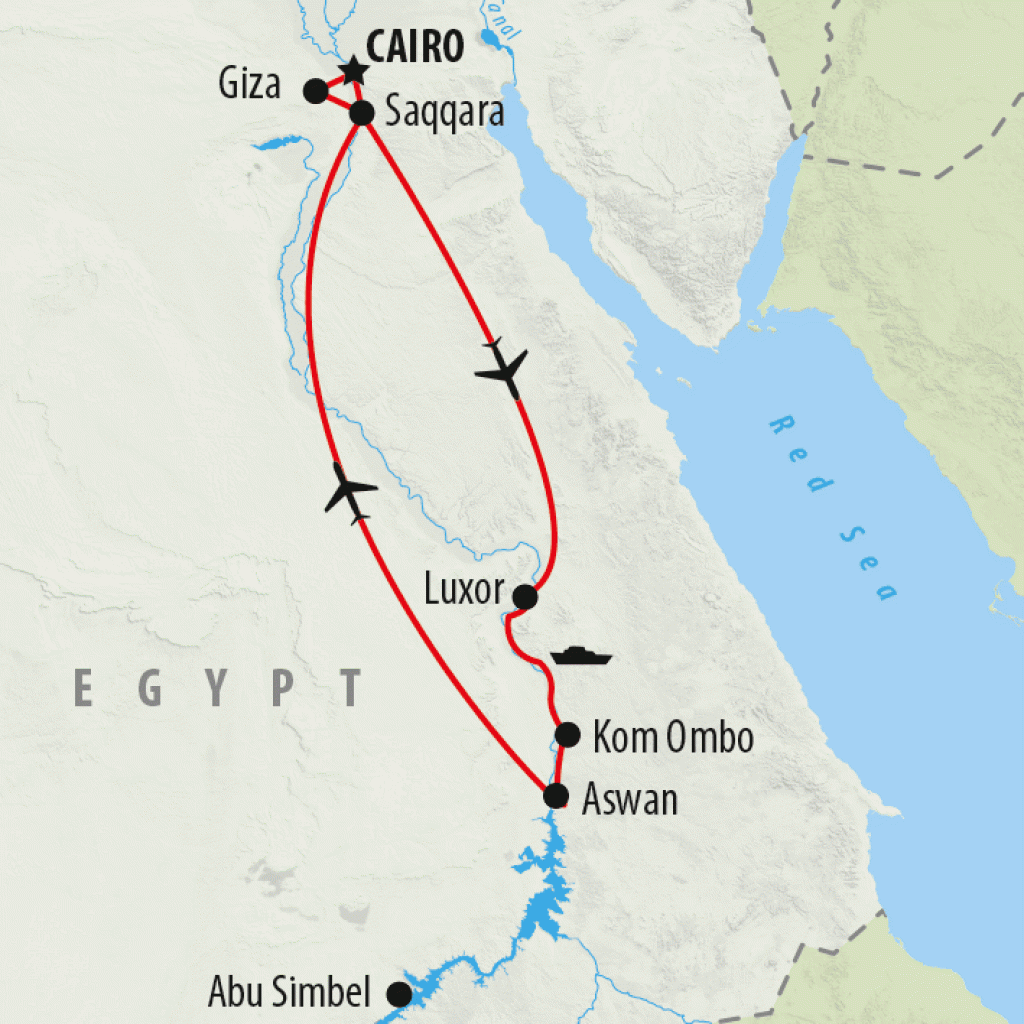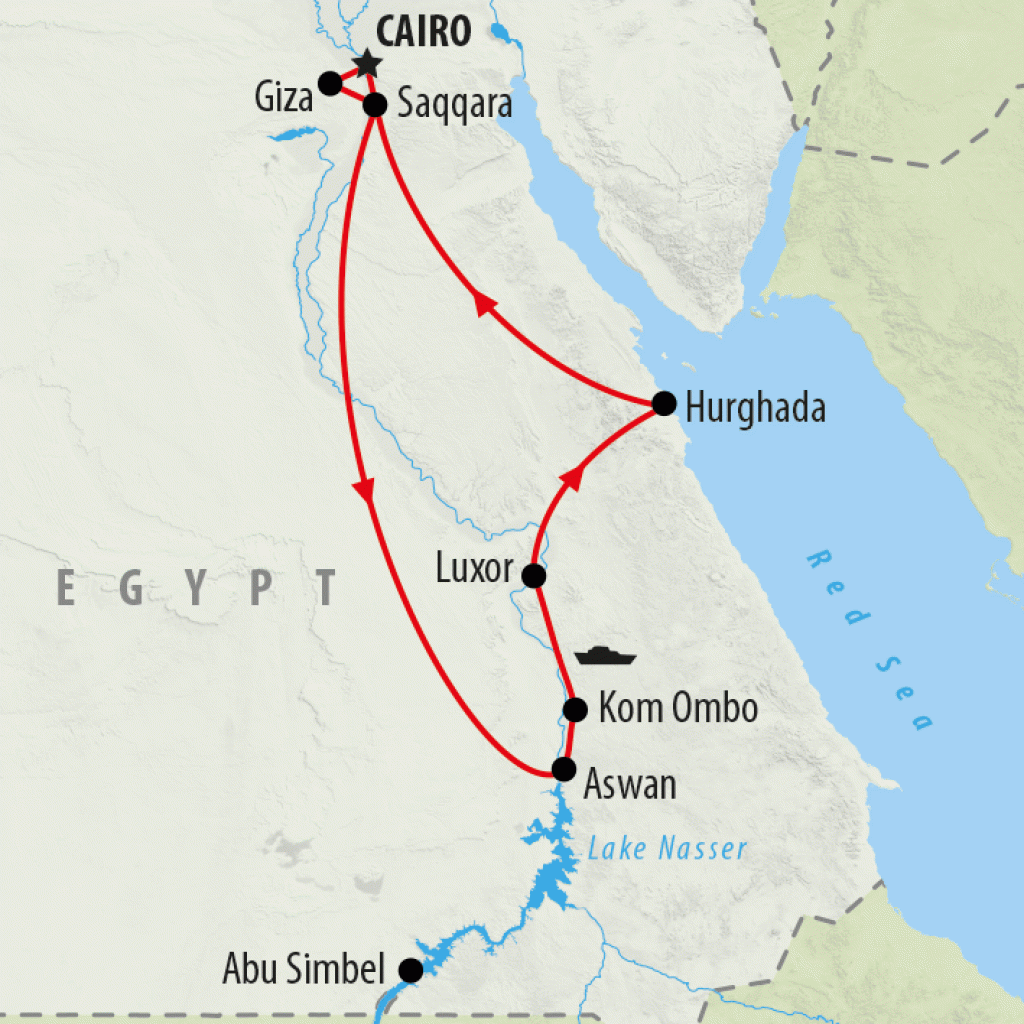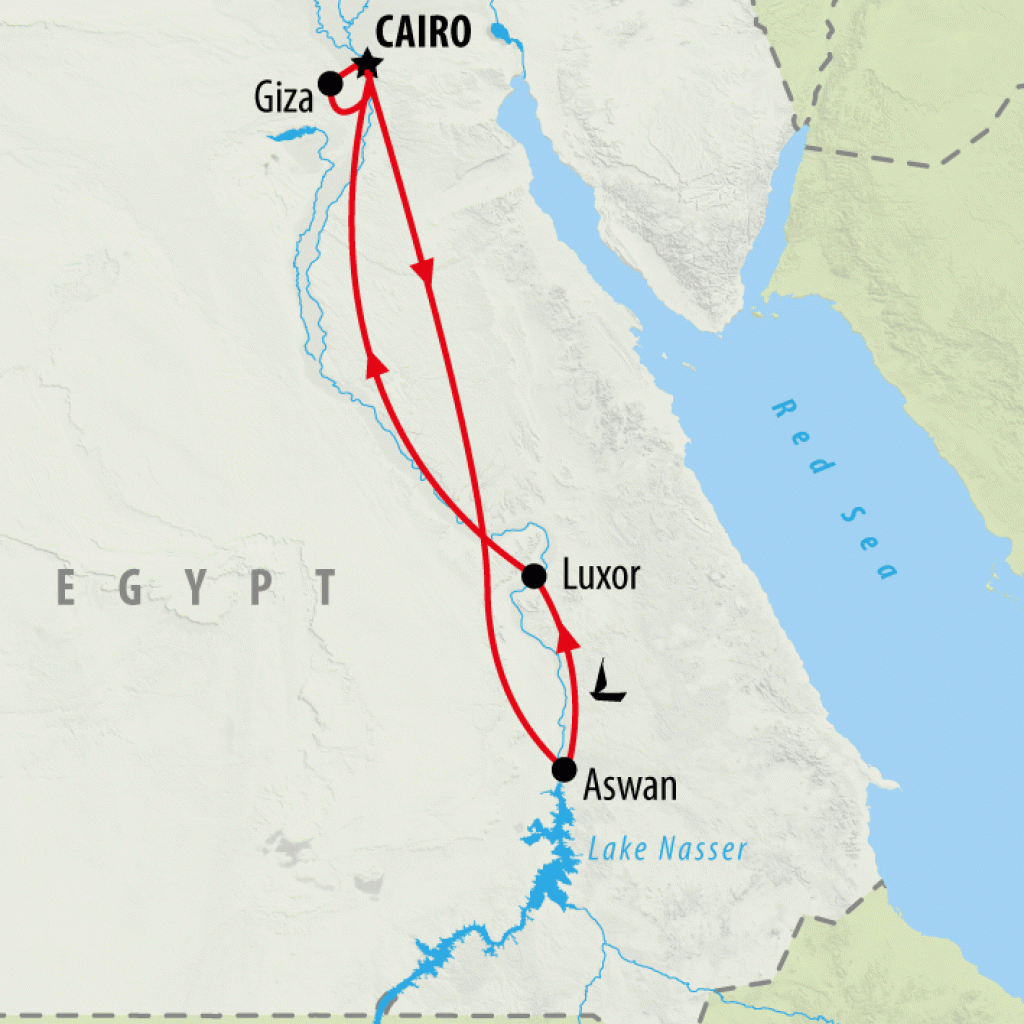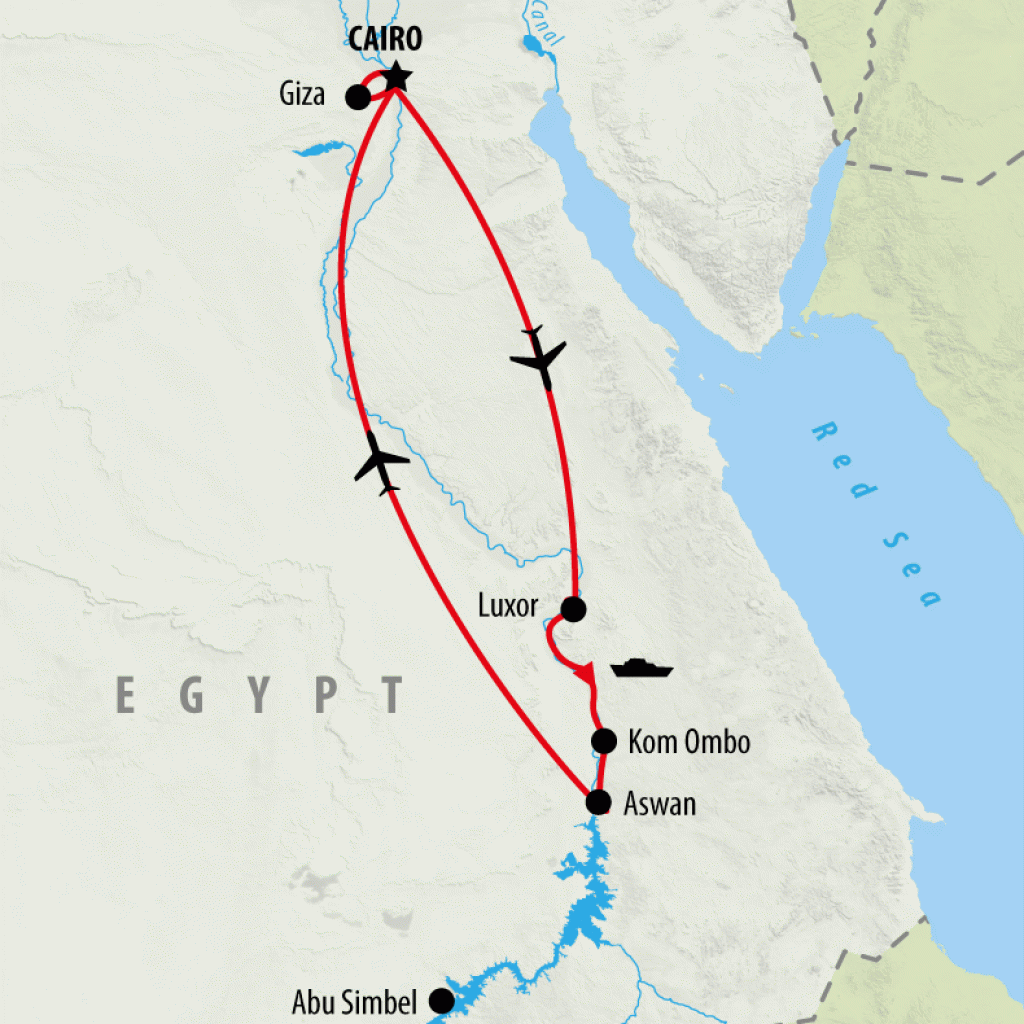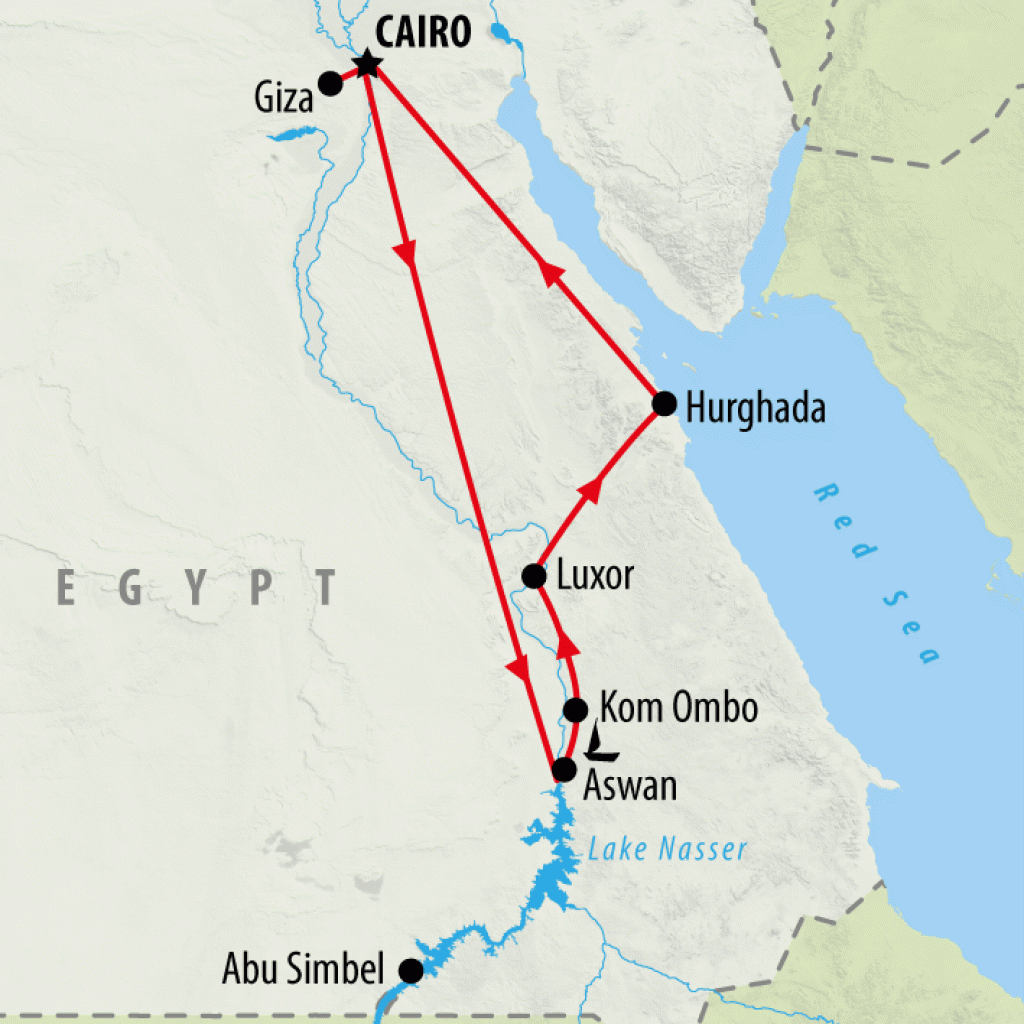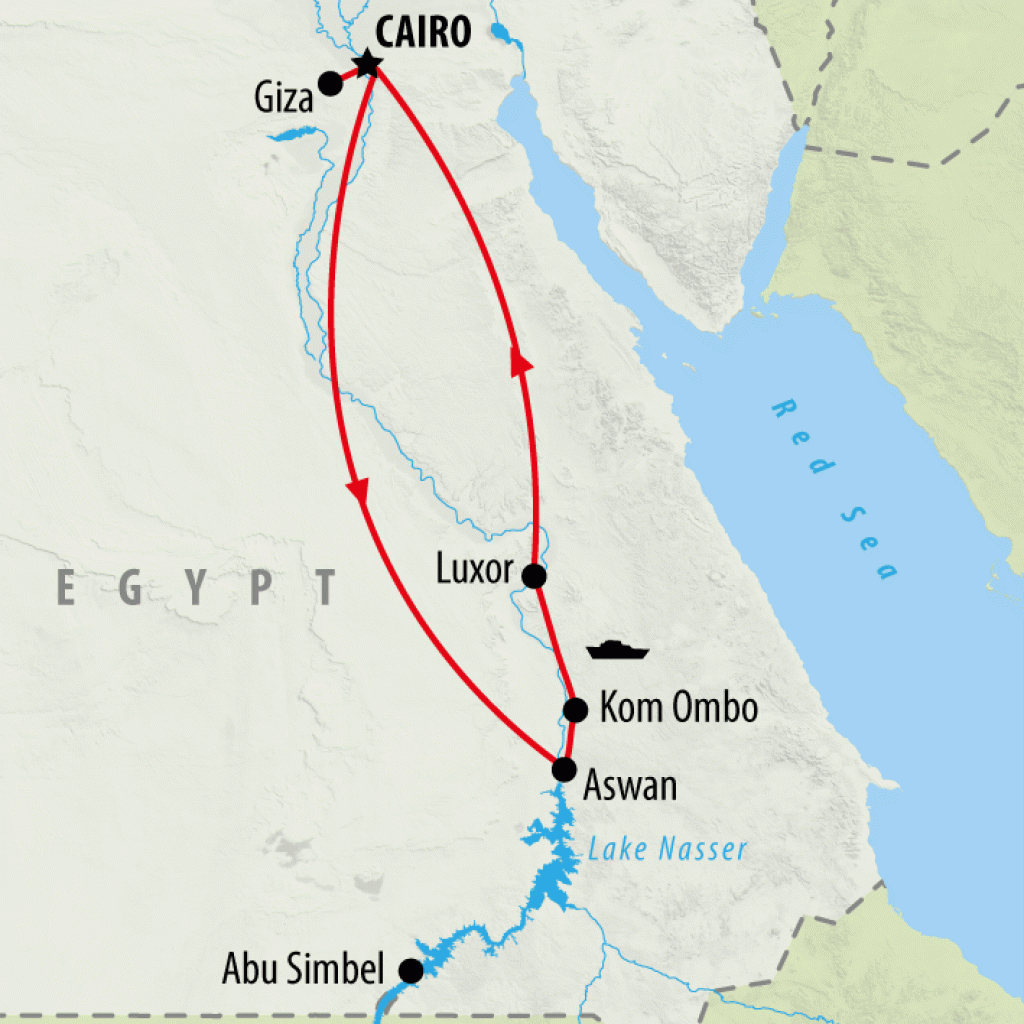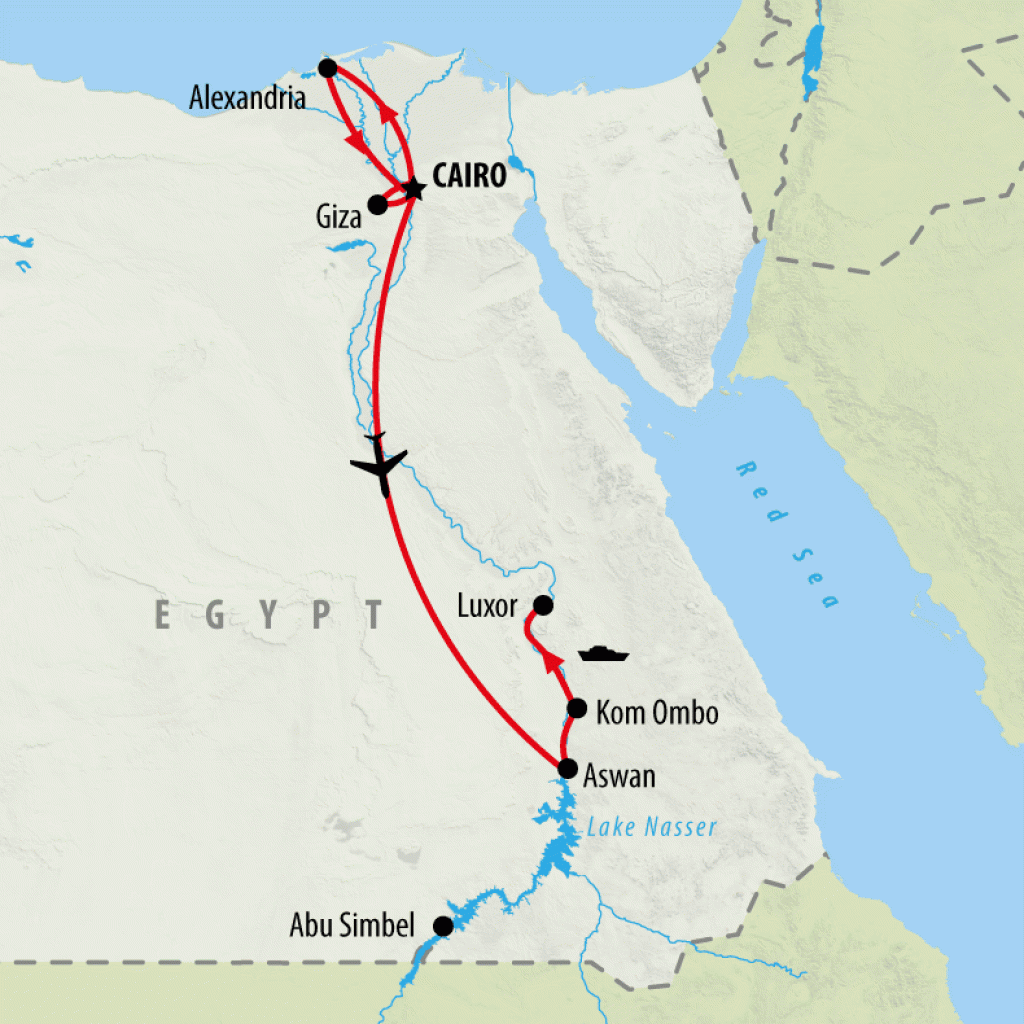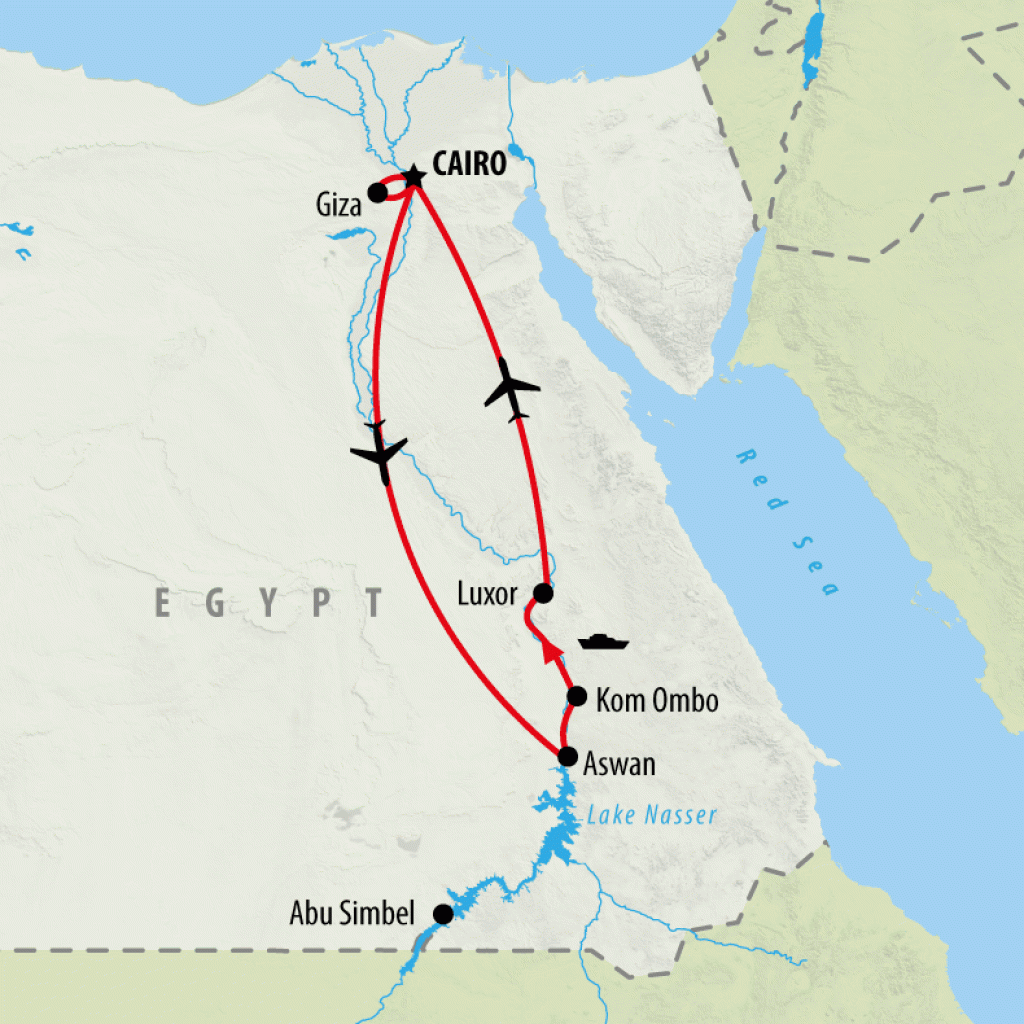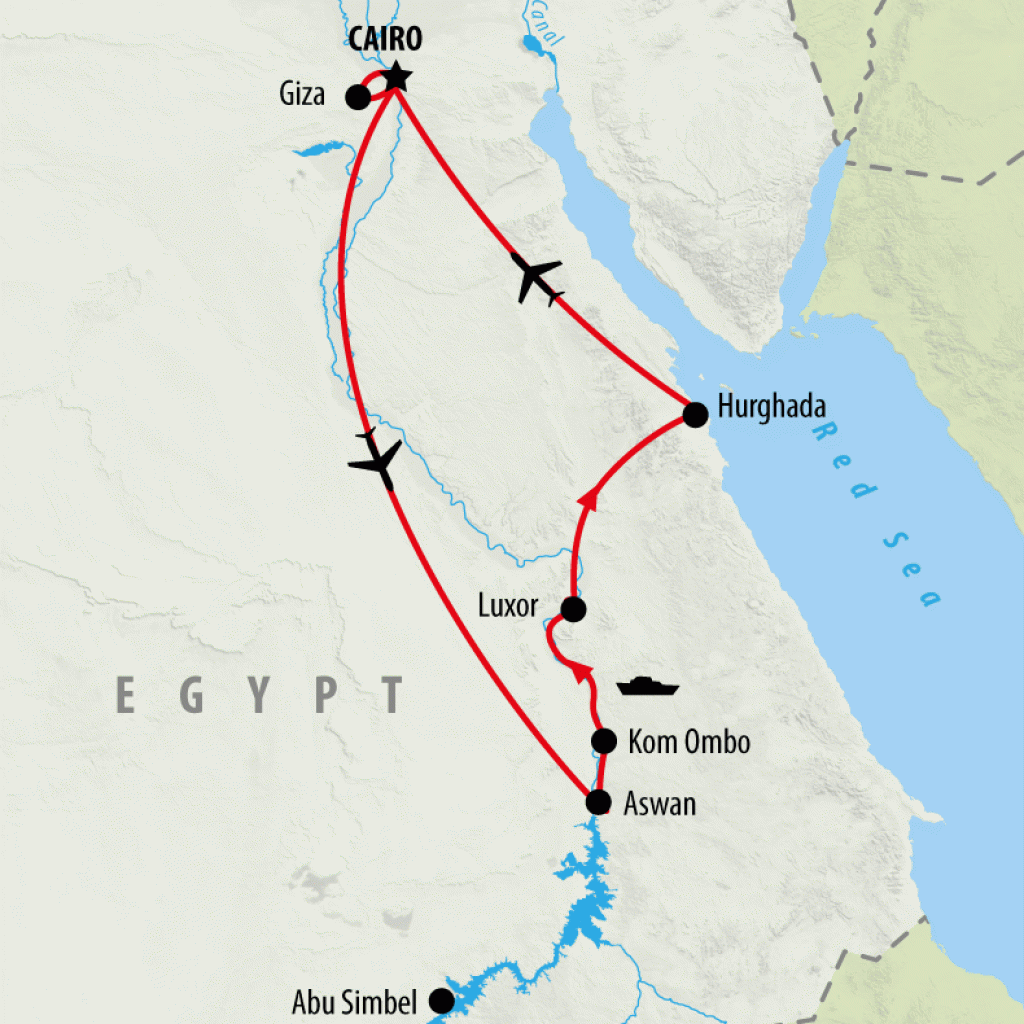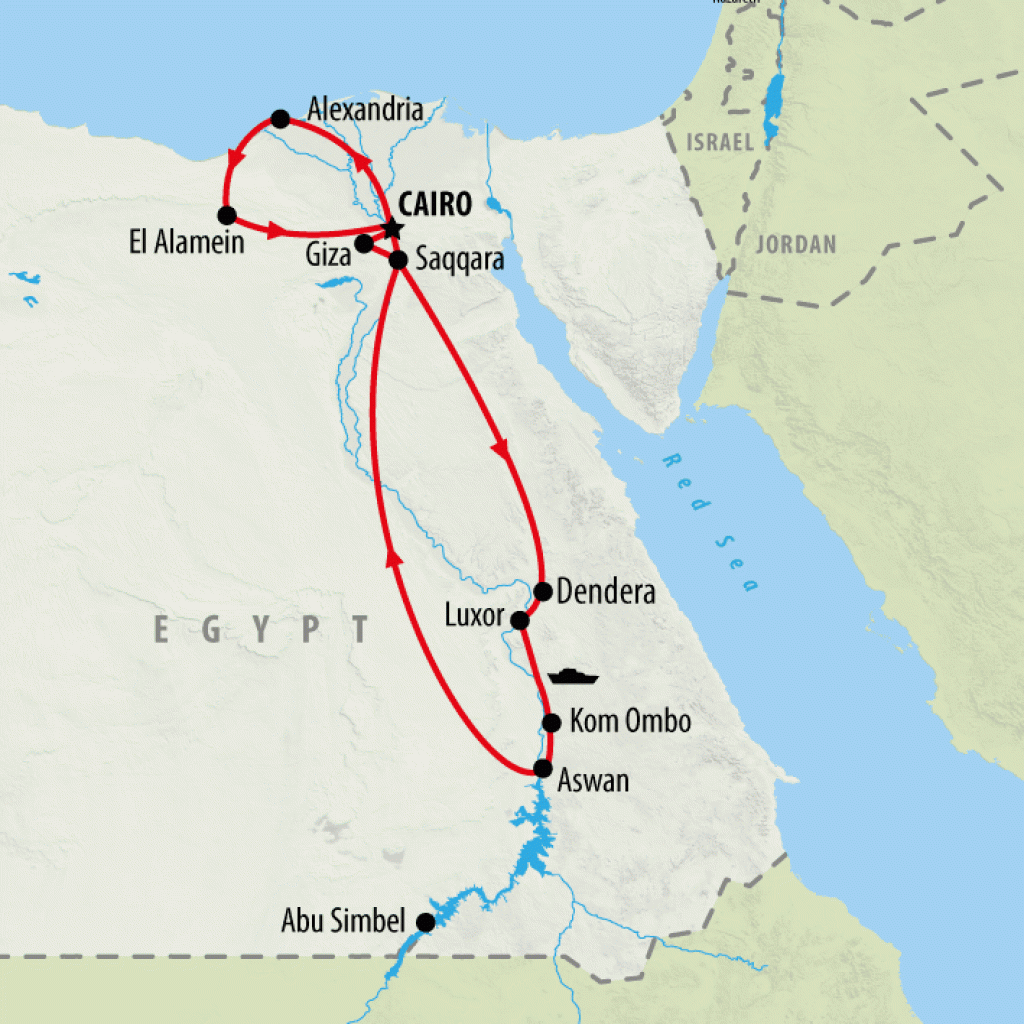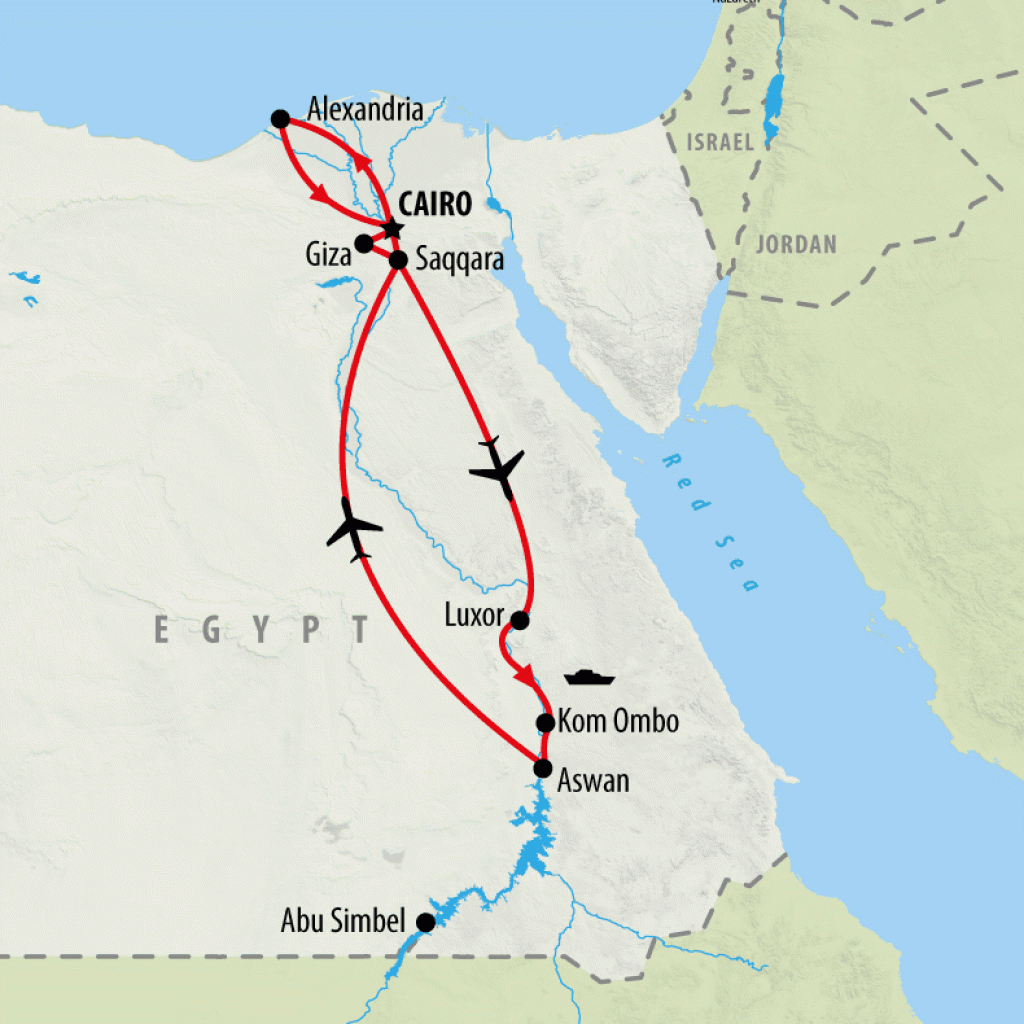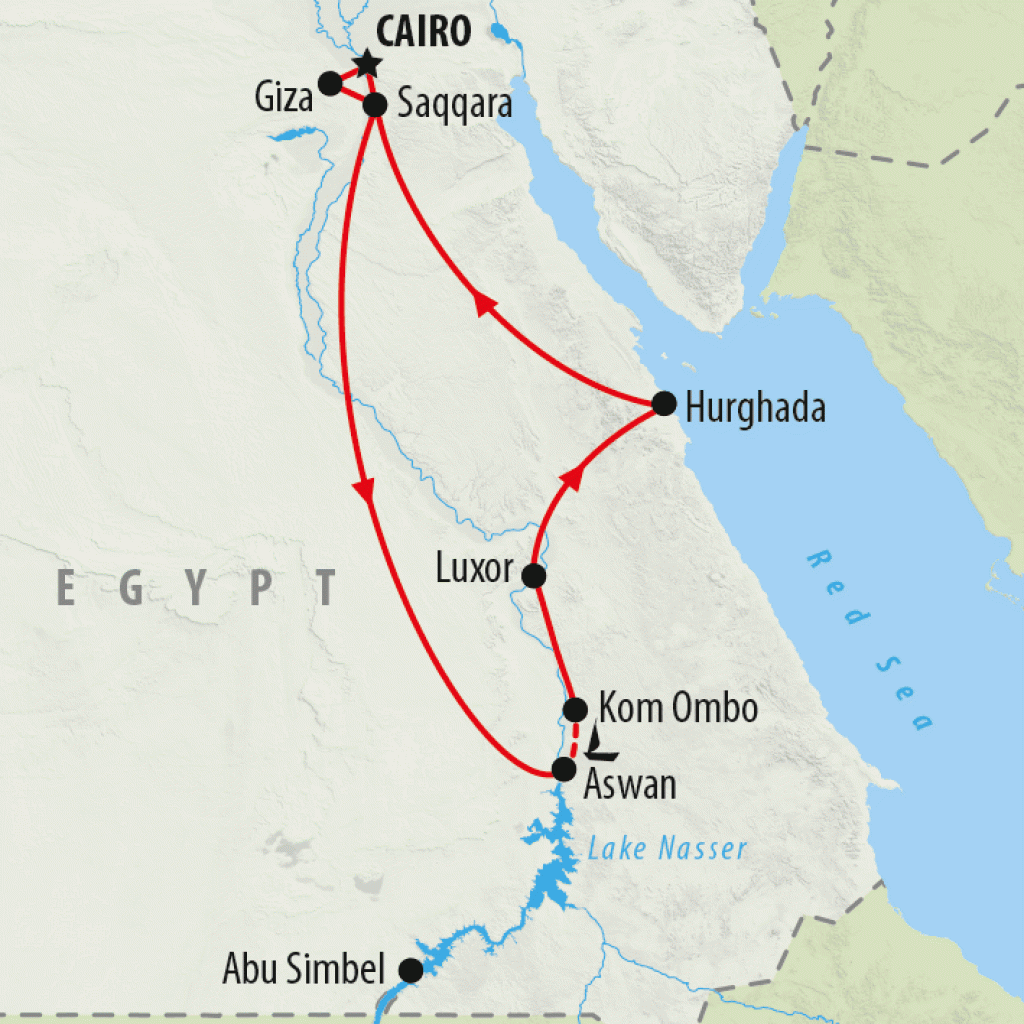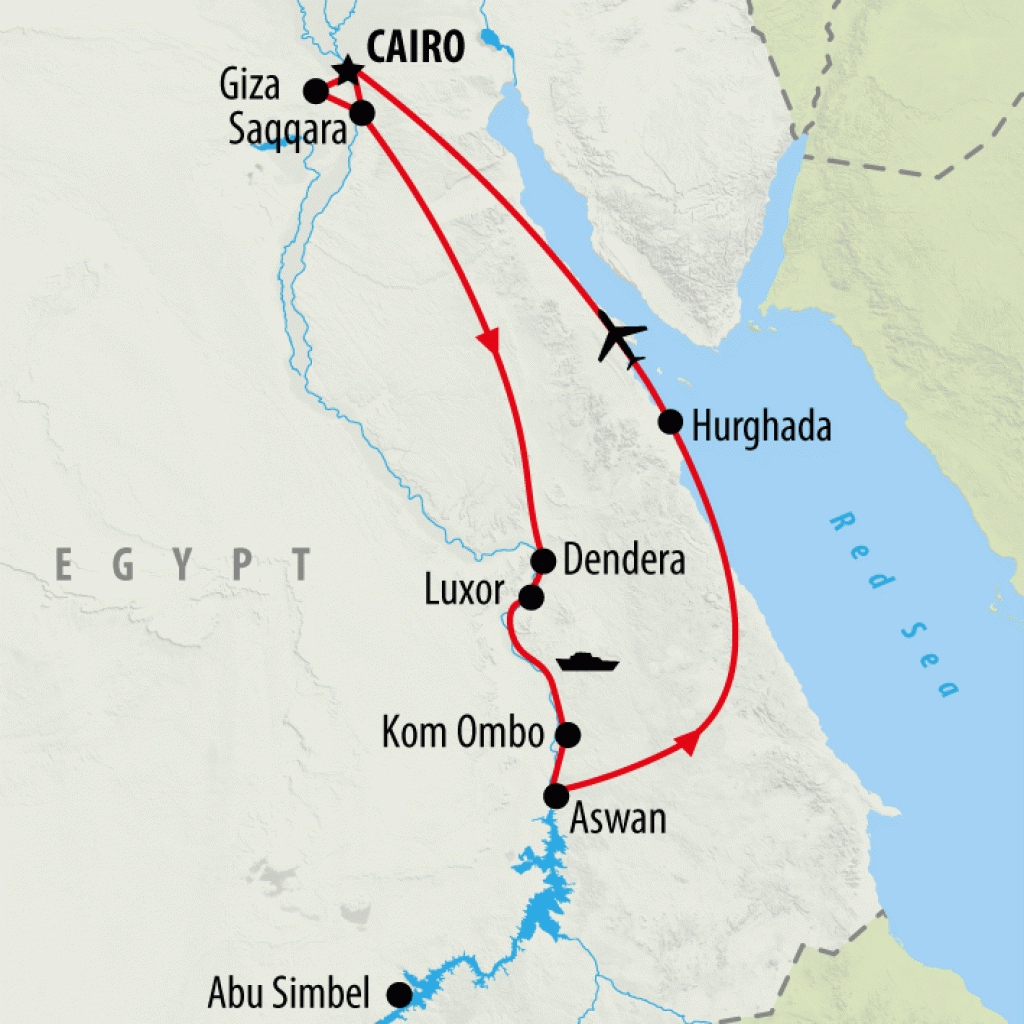12 of the Most Important Ancient Egyptian Gods
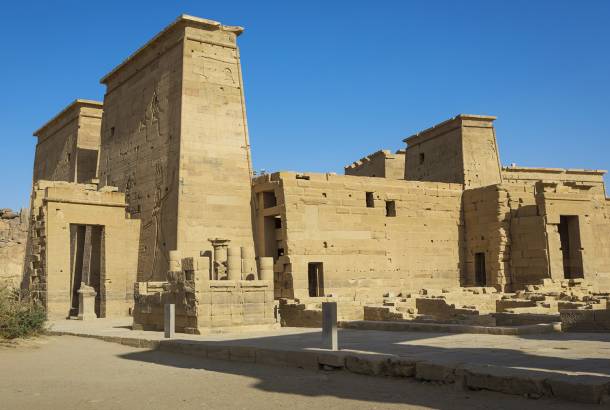
1. Osiris
Osiris, God of the Underworld, symbolized death and resurrection in Ancient Egypt. It was he who was responsible for the cyclical annual flooding of the Nile, which was so crucial to agriculture and the survival of the Egyptian civilization. According to one of the most important stories in Egyptian mythology, Osiris, King of Egypt was brutally murdered and dismembered by his jealous brother, Set. Set scattered the pieces of Osiris across Egypt and became king himself. But the mourning wife and sister of Osiris, Isis, set about gathering the pieces of her husband and resurrected him. This allowed the couple to have a son, Horus. This task fulfilled, Osiris returned permanently to the Underworld. Osiris was most often depicted as a mummified king with green skin, an example of the death he represented.
2. Isis
Goddess of the Moon, protector of women and children, healer of the sick, Isis was the wife of Osiris and mother of Horus. Her legend eventually found its way to Greece, where temples still stand in devotion to her. Having resurrected her dead husband, Isis helped her son to avenge his murder in his battle against Set. She endured as the most important goddess in Ancient Egypt until the end of the civilization. The Temple of Philae in Aswan was built in her honour. It was famously relocated from its original location in the 1970s, to protect it from flooding caused by the Aswan High Dam.
3. Horus
I did warn you things would get complicated, and Horus is an example of this. There are six variations of the god known to have existed in Egyptian mythology. The most famous is the description mentioned above, Horus as a son of Osiris and Isis. Depicted as a falcon-headed man and worshipped as the God of the Sky and War, he would eventually avenge his father against his uncle Set, becoming king of Egypt himself. It was during this conflict that Horus lost his eye – you have probably heard of The Eye of Horus. In another important variation, Horus is merged with Ra (more on him later!) to create Ra-Horakhty. This is an example of how the Egyptian gods were not simple deities. Over centuries the stories changed and many gods and goddesses merged into each other.
4. Set
The final character in the Osiris myth, Set is the villain in our story. He murdered his brother out of jealousy and then tried to destroy his own nephew. Set was the God of Chaos, Violence, Deserts and Storms. Fittingly, archaeologists have been unable to work out what creature Set was depicted as. He is usually shown with long, square ears and a long snout. It is a face like no creature known to walk the Earth during Egyptian times or since. Perfectly chaotic!
Now for some information about other Egyptian gods and goddesses!
5. Sobek
Sobek’s reputation as a fierce god was somewhat reinforced by his depiction as a crocodile-headed man. Honoured alongside Horus at the Nile-side temple of Kom Ombo, Sobek was said to have created the mighty river from his sweat, when helping Ra to create the world. Egyptians mummified crocodiles in honour of Sobek. You can still see many of these at Kom Ombo’s Crocodile Museum. Unfortunately, live Nile crocodiles are rarely seen near Kom Ombo anymore. The Aswan High Dam restricted their movement and the majority of Egypt’s croc population is now found around Lake Nasser, to the south. Though this is good news if you fancy a dip in the Nile whilst on your felucca cruise!
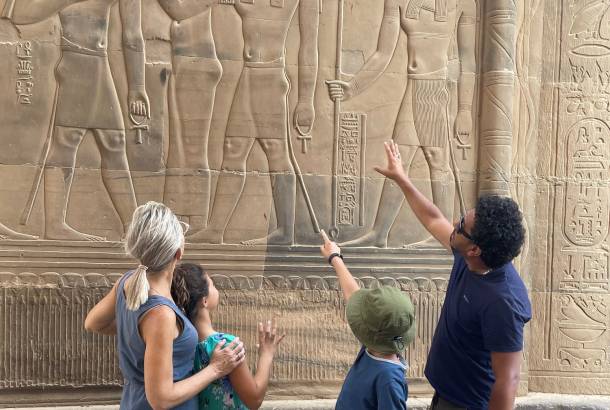
6. Ra
Arguably Ancient Egypt’s most important god, Ra was the Creator God. He was one of the first to emerge in Egyptian mythology. Ra created Earth, Heaven and the Underworld, as well as all of the gods and living creatures that inhabit these three worlds. Many ancient Egyptians believed they were born from Ra’s sweat and tears! Ra sailed across the sky during the day, carrying the sun, and then spent the nights travelling through the Underworld before helping to bring the sun up again the next morning. Many of Egypt’s pharaohs tried to convince their subjects that they were the personification of Ra on Earth, creating vast sun temples. One of these was in the ancient city of Heliopolis. A single obelisk remains here in modern day Cairo, aged more than 4,000 years.
7. Ptah
Ptah was the most important of the three gods known as the Triad of Memphis, along with his lion-headed wife Sekhmet and son Nefertum. Memphis was an ancient Egyptian city, 20km south of modern day Cairo. Ptah was originally worshipped as a God of Craftsmen and Builders. In some variations, however, he is also a God of Darkness. During the bi-annual Abu Simbel Sun Festival, the statue of Ptah is the only one of four to remain in darkness as the sun illuminates the interior of the temple to mark the birthday and ascension date of King Ramses II.
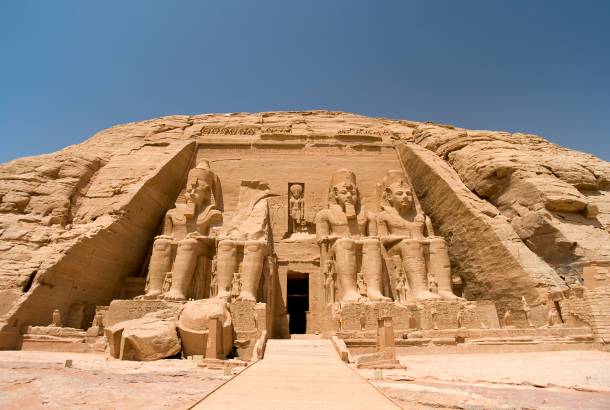
8. Hathor
Often depicted as a cow, or a woman with the head of a cow, Hathor was the Goddess of Motherhood and Fertility. She was worshipped passionately by women, and it was believed that she would keep them safe during childbirth. Over time, her myth fell in popularity, as Isis became a more important figure in society. But she remained relevant until the fall of Egyptian civilization. The temple complex of Dendera is home to the most famous Temple of Hathor.
9. Anubis
Anubis is one of the most recognizable figures in Egyptian mythology. The god had the striking black head of a jackal and was most often associated with death and the afterlife. A protector of graves, his legend is distinctive by its lack of temples or other structures. Instead, tombs and mastabas of the dead were seen as Anubis’ places of worship.
10. Amon
Amon rose to importance in the New Kingdom when he received credit for a military victory for the rulers of Thebes (Luxor) against foreign invaders. Before this, he was a modestly worshipped God of the Air. After the victory however, his legend merged with the Sun God Re (we don’t have time to discuss him today!) and he became the most important deity in Egypt for several hundred years. One of the largest temple complexes at Karnak is dedicated to mighty Amon-Re.
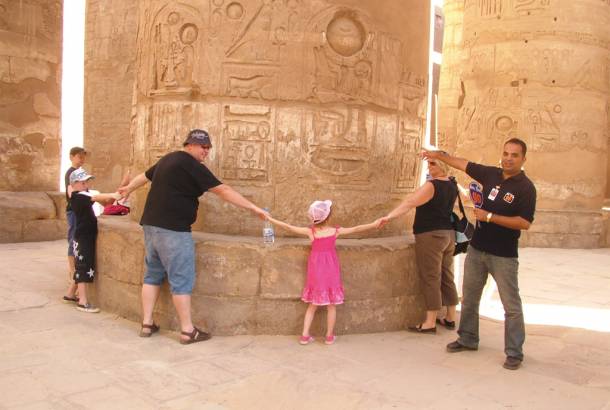
11. Geb
Geb was the God of the Earth and the Father of Snakes. He was also the father of Osiris and Isis (yes they were related!), as well as Set. Depicted with a goose on his head, it was believed that the laugh of this important deity would cause earthquakes to ripple across the world.
12. Nut
Wife to Geb and often depicted alongside him, Nut was the mother of Osiris, Isis, and Set, and is known as the Goddess of the Sky. She is often portrayed as a woman with an arched body of stars, protecting her husband Geb from the night sky. No temple has been discovered that was specifically dedicated to Nut or her husband Geb, but they are both depicted in many surviving examples of Egyptian archaeology. For example, at Dendera, the ceiling of the Great Vestibule is a tribute to Nut.
Conclusion
Egyptian mythology is undeniably complex. Many gods and goddesses rose and fell in popularity over the centuries. Others morphed into new variations. But regardless of this complexity, many of Egypt’s main attractions today were built in honour of some of the gods and goddesses introduced in this article. If you join us on tour in Egypt then our expert Egyptologist guides will be able to give you a far greater insight into Ancient Egyptian civilization. But at least now you can impress them with some of your knowledge!
Hopefully, this article will also help you to understand more of the intricate carvings, hieroglyphs, and artworks at some of Egypt’s temples and other archaeological sites. The gods and goddesses referenced here, as well as plenty we haven’t mentioned in this article adorn the walls and columns of Karnak, Abu Simbel, Kom Ombo, and countless other attractions. Stories such as the myth of Osiris are told on the walls, and your guide will be able to distinguish between the characters, even if you cannot!
Why not browse our range of Egypt tours for yourself? We take in all the main sites, including the majority of temples and attractions featured in this article!
Subscribe to our newsletter!
Sign up today to be the latest to hear about new trips, travel deals and news from the team!
Recommended Egypt Tours
See also
For more useful information to help plan your visit to Egypt have a browse through the following:
Best Places to Visit - where to go on your trip
Best Time to Visit - climate and weather in Egypt
Tourist Visas - what you need to know to enter Egypt
Top Travel Tips - including info on money, health, food and shopping
Traveller Reviews - see what our passengers have to say
Nile Felucca Sailing - what to expect on a felucca cruise
Travel Alerts - latest updates on safety and security in Egypt
Egypt Video Lounge - experience ancient Egypt with these top travel videos
Highlights of Ancient Egypt - our guide to the pyramids and Egypt's other ancient wonders
Abu Simbel Sun Festival FAQ - all your questions answered
